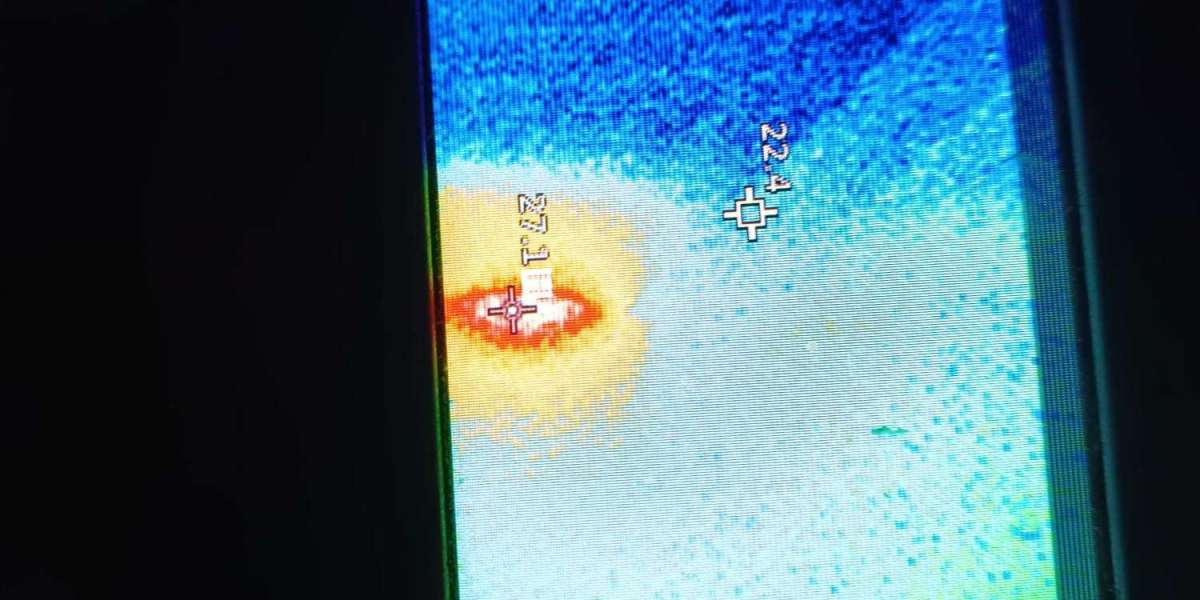An electric bike looks much like a traditional bicycle, but its effortless acceleration and smooth ride come from a hidden, integrated system of technology. At the core of every e-bike are four key components that work together seamlessly to provide an assisted riding experience. To understand more about how this technology makes your ride better, you can explore the details on how an e bike works.
The Core Components
The Motor
The motor is the powerhouse of the e-bike. It's responsible for converting the electrical energy from the battery into mechanical energy that helps propel you forward. There are two main types of motors: hub motors, which are integrated into the wheel's hub, and mid-drive motors, which are positioned near the pedals. Mid-drive motors are often more efficient and popular on high-end bikes because they utilize the bike's existing gear system to optimize power and torque.
The Battery
The battery is the energy source for the entire system. Most modern e-bikes use rechargeable lithium-ion batteries, which are preferred for their light weight and long lifespan. The battery's capacity, measured in watt-hours (Wh), determines how long the bike can run on a single charge. The higher the watt-hour rating, the longer the range you can expect.
The Controller
Often referred to as the "brain" of the e-bike, the controller is a small electronic unit that manages the power flow from the battery to the motor. It takes input from various sensors and the rider's control panel to regulate the level of assistance provided. The controller is what ensures the motor delivers just the right amount of power at the right time.
The Sensors
Sensors are the link between the rider and the motor system. E-bikes use two main types of sensors: cadence sensors and torque sensors. Cadence sensors simply detect when you are pedaling and activate the motor. Torque sensors are more sophisticated, measuring the force you apply to the pedals and adjusting the motor's power output accordingly. This makes for a more natural and intuitive riding experience, as the assistance level directly corresponds to your pedaling effort.
By understanding these core components, you can better appreciate the advanced engineering that goes into making every e-bike ride smooth, efficient, and enjoyable.







